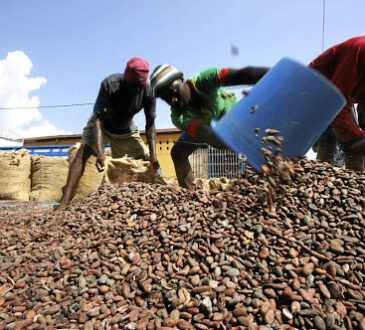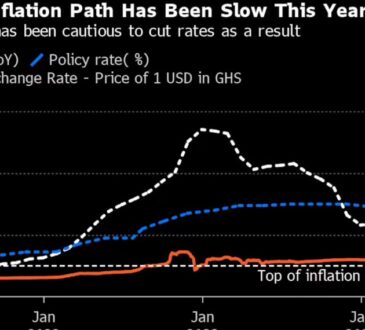
By Eugene Davis
President Nana Akufo-Addo has encouraged young individuals to unite and actively engage with the ‘Planting for Food and Jobs II’ initiative by forming cooperative ventures and partnerships to fully capitalize on the program’s benefits.
The Planting for Food and Jobs Phase II (PFJ 2.0) has been designed as a bold, innovative, and comprehensive approach to tackle head-on the hurdles of food security. The underpinning model, which is the Input Credit System, will solve several critical challenges namely: Access to credit; Quality of agro inputs; Unstructured markets of agricultural produce; and Low mechanisation, among others.
It is in this light that the president, speaking at the ‘Presidential Conference on Youth in Agric’ in Accra – under the auspices of the Ministry of Food and Agriculture and the Youth Employment Agency(YEA), said “I urge the youth to rally around this initiative [Planting for Food and Jobs II] and form co-operatives and partnerships with the maximum benefit of the program.
In the face of limited resources, forming a partnership is the best way to mobilize resources on a bigger scale for productive ventures.”
Planting for Food and Jobs phase 2 in addition to promoting large-scale production, addresses the issue of marketing through off-taker arrangement as part of import -the credit module introduced under the program, which will mitigate post-harvest losses associated with farming.
The president believes sustaining Ghana’s agriculture depends on the youth -who are the future of the country, “we count on their vibrancy, fresh ideas, and innovation to improve our collective fortune.
Agric, a major sector of the economy awaits the participation of the youth both educated and uneducated.”
The Minister of Food and Agriculture, Bryan Acheampong indicated that through the collaboration of the Youth Employment Agency, the PFJ 2.0 is “going to put 200,000 youth into permanent work in agriculture.”
He adds that each individual will cultivate an average farm size of 10 acres, meaning 400,000 hectares of arable land under cultivation.
Target cultivation includes maize, rice, and vegetables, however, “if we put all the 400,000 hectares of land under rice cultivation alone, we will exceed our food self-sufficiency production target of 1.8 million metric tonnes in two years instead of the five-year plan under the PFJ program.”
The Minister of Employment and Labour, Ignatius Baffour -Awuah indicated that one of the fastest and most reliable ways of addressing the problem of youth unemployment is harnessing the opportunities within the agricultural value chain and making it attractive.
According to the minister, studies conducted by his ministry in conjunction with the International Labour Organisation show that agriculture is the least investment area to yield many jobs as compared to services and industrial sectors of the economy which require 5 – 13 times of same investment to generate jobs.
He mentioned interventions through the Youth Employment Programme and his ministry has developed such as Youth in Community Service and Security, Youth in Community and Health Assistants, and Youth in Entrepreneurship to support the youth.







